Praise for George Leonards The Way of Aikido: Life Lessons from an American Sensei
A classic statement of aikidos philosophy and its translation to everyday activities. Deeply felt, beautifully written, and filled with insights about our largely hidden potentials, this book will take its place among the great and lasting works about the martial arts in relation to life in general.
Michael Murphy, author of Golf in the Kingdom
The Way of Aikido does no less than open the door to the universe and invite you through to become one with it, to become balanced, powerful, energetic, alert, and present. You dont need to be a martial artist to love this book.
Susan Trott, author of The Holy Man and Crane Spreads Wings
A lively and intimate account of the way in which a martial art became a path of life.
Sam Keen, author of Fire in the Belly and Hymns to an Unknown God
An extraordinary book, uniting the mystical and practical, the one and the many, with new possibilities that capture the imagination. It is compassion in action.
Dean Ornish, M.D., author of Love & Survival and Dr. Dean Ornishs Program for Reversing Heart Disease
George Leonard is the author of numerous books on human possibility and social change, including Education and Ecstasy, The Transformation, The Ultimate Athlete, The Silent Pulse, Adventures in Monogamy, and The Way of Aikido. He is the president of the Esalen Institute, and founder of Leonard Energy Training (LET), a practice inspired by aikido. Mr. Leonard lives in northern California.
ALSO BY GEORGE LEONARD
The Way of Aikido
The Decline of the American Male
(with William Attwood and J. Robert Moskin)
Shoulder the Sky
Education and Ecstasy
The Man & Woman Thing and Other Provocations
The Transformation
The Ultimate Athlete
The Silent Pulse
Adventures in Monogamy
(originally published as The End of Sex)
Walking on the Edge of the World
PLUME
An imprint of Penguin Random House LLC
375 Hudson Street
New York, New York 10014

First Plume printing 1992
Copyright George Leonard, 1991
Penguin supports copyright. Copyright fuels creativity, encourages diverse voices, promotes free speech, and creates a vibrant culture. Thank you for buying an authorized edition of this book and for complying with copyright laws by not reproducing, scanning, or distributing any part of it in any form without permission. You are supporting writers and allowing Penguin to continue to publish books for every reader.
 Registered TrademarkMarca Registrada
Registered TrademarkMarca Registrada
ISBN: 978-1-101-66660-9
Book design by Eve L. Kirch
Version_1
For John Julia Poppy
ACKNOWLEDGMENTS
Heartfelt appreciation goes to Esquires editor emeritus Phillip Moffitt for his wise counsel and generous support, and for his empassioned and enduring advocacy of this book; he speaks with the authority of one who is himself on the path of mastery.
I owe a great deal to my aikido teachers, Frank Doran, Robert Nadeau, and Bill Witt, and especially to Nadeau, who introduced me to the idea of presenting exercises based on aikido principles to a wider, nonmartial arts constituency. Richard Strozzi Heckler, Wendy Palmer, and I have been doing aikido together for eighteen yearsfirst as students, then as teachers and co-owners of Aikido of Tamalpais: But we are more than fellow martial artists, for our lives touch in many ways; Richard and Wendy are part of this book. Annie Styron Leonard has once again been a loving critic and a perceptive editor.
Thanks to master tennis teacher Pat Blaskower for her eloquence on the particulars of the mastery process, as presented in Chapter One, and to Joe Flower, who conducted interviews on the subject of mastery with leading sports figures. Im grateful, as always, to Sterling Lord, an intrepid pathfinder for twenty-five years.
A special word of thanks goes to John and Julia Poppy, to whom this book is dedicated. John and I have been colleagues and friends for twenty-eight yearsat Look magazine, at Esquire, and actually in all things. He has contributed immeasurably to each of the Ultimate Fitness features, bringing a rare intelligence, elegance, and clarity to the most difficult subjects. The light that is Julia Poppy, my sister, has illuminated my path for a lifetime, and her spirit has touched everything Ive done. This book would not be possible without them both.
INTRODUCTION
In 1987, for the fourth straight year, the May issue of Esquire magazine featured a special section on what it called Ultimate Fitness. These special sections claimed a broader charter than is usual for such a subject. Ultimately, I wrote in the first of the series, fitness and health are related to everything we do, think and feel. Thus... what we are calling Ultimate Fitness has less to do with running a 2:30 marathon than with living a good life.
The previous Ultimate Fitness specials had enjoyed exceptionally high reader interest, but the May 1987 number was something else again. The subject this time was mastery, the mysterious process during which what is at first difficult becomes progressively easier and more pleasurable through practice. The purpose of the feature was to describe the path that best led to mastery, not just in sports but in all of life, and to warn against the prevailing bottom-line mentality that puts quick, easy results ahead of long-term dedication to the journey itself.
The response was immediate and extravagant. Requests for extra copies, tearsheets, and reprints poured in. Management newsletters requested permission to reprint portions of the Esquire feature. Corporate CEOs gave photocopies to their officers. Training groups of a wide variety spent hours discussing the mastery principles. Letters to the editor were numerous and eloquent. A navy carrier pilot, for instance, wrote that he had been having trouble landing the F-14 Tomcat on an aircraft carrier. I... was in the process of making a second and perhaps final attempt when I bought the May issue. Insights that I gained from Mr. Leonards outline of the masters journey gave me the extra 10 percent of mental discipline that I needed to make the trek down this portion of my path a relatively easy one.
I knew a book was needed to provide a full understanding of how to get on and stay on the path of mastery, but at the time, I was working on a memoir of the 1960s. I thought interest in the subject might wane, but it hasnt. The many comments and inquiries that I continue to receive have convinced me more than ever that the quick-fix, fast-temporary-relief, bottom-line mentality doesnt work in the long run, and is eventually destructive to the individual and the society. If there is any sure route to success and fulfillment in life, it is to be found in the long-term, essentially goalless process of mastery. This is true, it appears, in personal as well as professional life, in economics as well as ice skating, in medicine as well as martial arts.





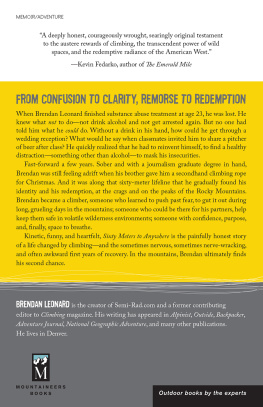
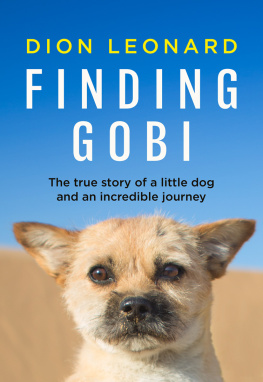


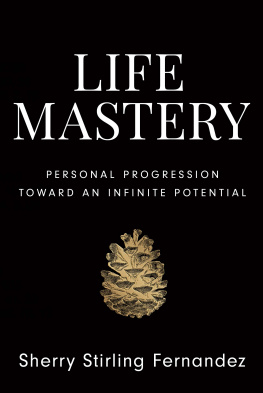
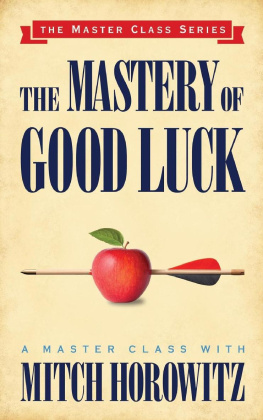
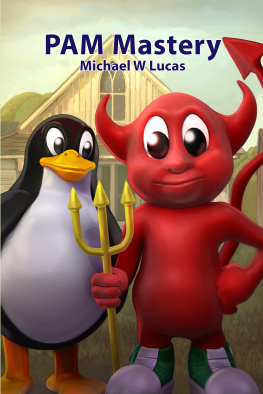
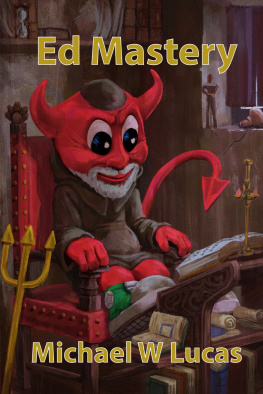
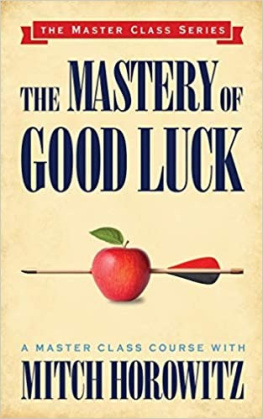
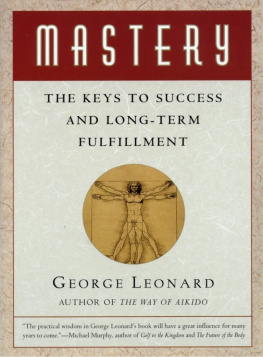

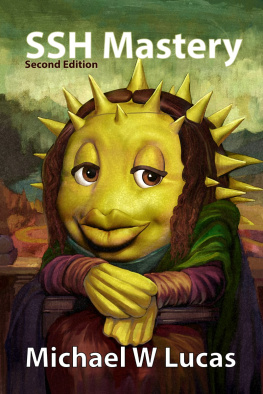

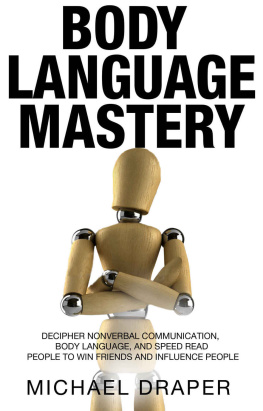
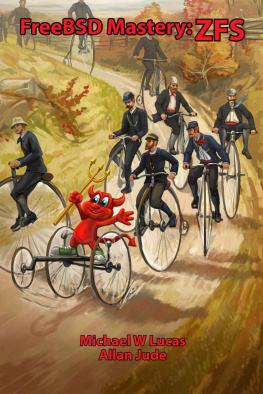



 Registered TrademarkMarca Registrada
Registered TrademarkMarca Registrada